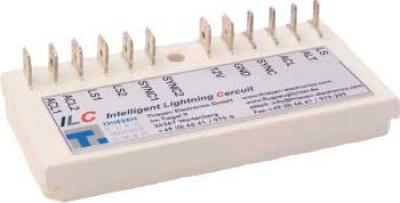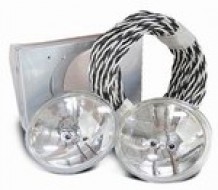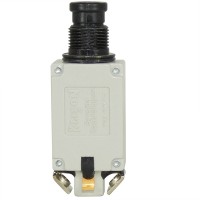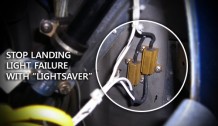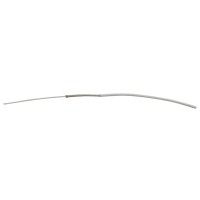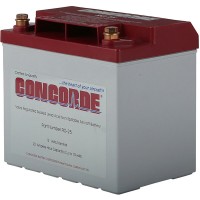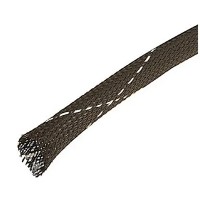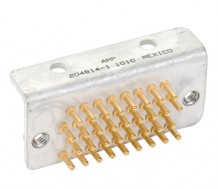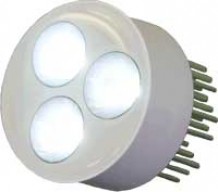1-877-795-2278 | info@aircraftspruce.ca
Aircraft Spruce Canada
Brantford, ON Canada
Corona, CA | Peachtree City, GA
Chicago, IL | Wasilla, AK
Aircraft Spruce Canada
Brantford, ON Canada
Corona, CA | Peachtree City, GA
Chicago, IL | Wasilla, AK
THE AVIATION SUPERSTORE FOR ALL YOUR AIRCRAFT & PILOT NEEDS | 877-795-2278
Ilc Intelligent Lightning Circuit
$263.95/Each
Part# 11-13566
MFR Model# ILC
MFR Model# ILC
- JUMP TO
- Overview
- Specifications
- Reviews
- Q&A
Overview
|
Intelligent Synchronisation To see and be seen With the new ILC, for the first time it is possible to control two of our landing lights intelligent and preserving the battery at the same time. The electronics of the ILC is completely sealed so that it is protected from moisture and vibration. Both our ELL50 with 30 W input power, as well as our ELL60 can be driven with 60 Watt input power. The special feature of ILC is that it is both the ACL function of the landing lights on the "Intelligent Synchronization" managed, as well as the headlights in Alternate mode operation. With our ILC two landing lights can be controlled in three different modes: ACL mode: Here the two headlights are operated in the ACL mode and thereby are synchronized so that the battery (generator) is relieved by the best possible way "Intelligent Synchronization". Alt mode: In the "Alternate Mode" the two landing lights are alternating, ie alternately switched in 1 Hz rhythm. CB mode: In the landing light mode, both landing lights are turned on. |
Specifications
- Operating voltage: 10 -17 volts D. C.,
- typically: 12,8 - 13,4 volts (on board power supply)
- Fuse: 5 ampere (fusible cut-out or automatic fuse)
- Dimensions: 84 x 42 x 10 mm (+ 10 mm pins)
- Hole Diameter: 4 mm
- Weight: approx. 65 g with the connecting cable
- Warranty: 5,000 operating hours or max. 3 years
Q&A
Please note, Aircraft Spruce Canada's personnel are not certified aircraft mechanics and can only provide general support and ideas, which should not be relied upon or implemented in lieu of consulting an A&P or other qualified technician. Aircraft Spruce Canada assumes no responsibility or liability for any issue or problem which may arise from any repair, modification or other work done from this knowledge base. Any product eligibility information provided here is based on general application guides and we recommend always referring to your specific aircraft parts manual, the parts manufacturer or consulting with a qualified mechanic.

 Aircraft Spruce Canada
Aircraft Spruce Canada
